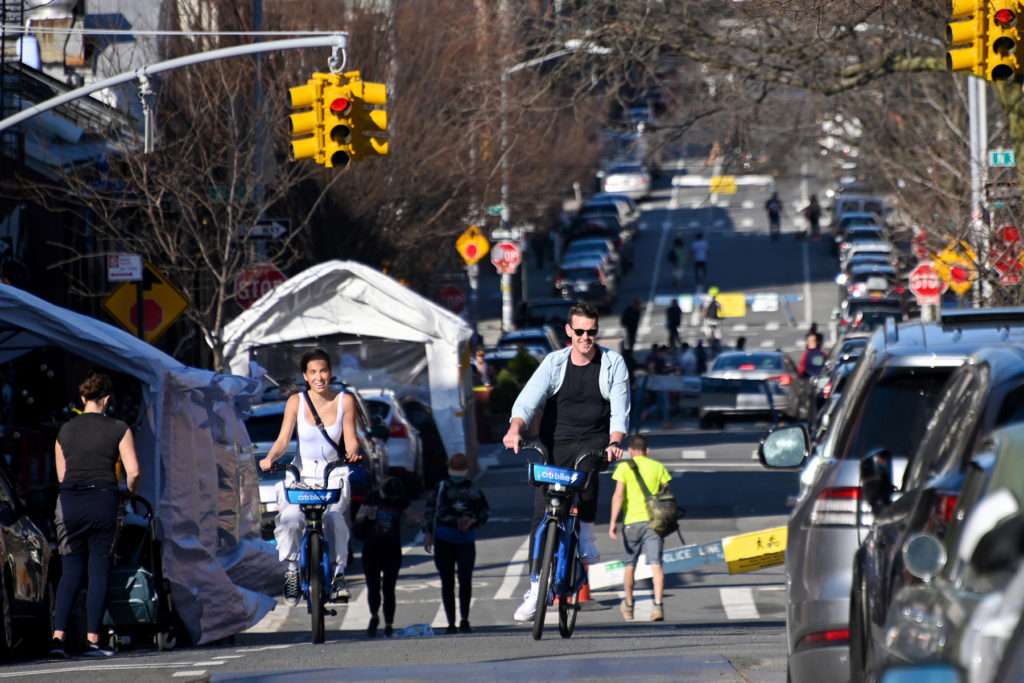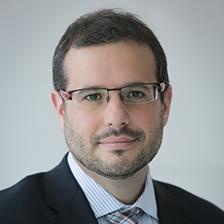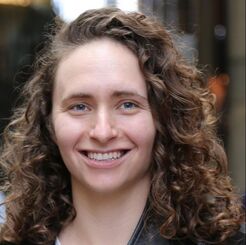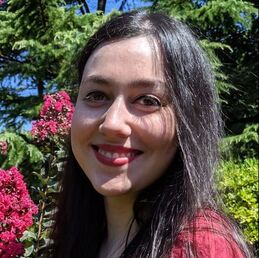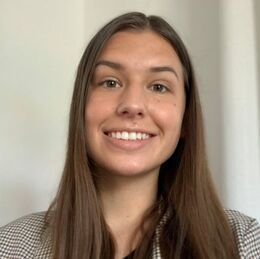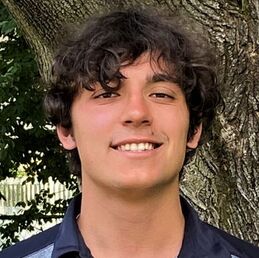The past year brought upon temporary changes to New York City’s public spaces that reorganized the life of the city. A metropolis of bumper-to-bumper traffic was stripped back to its bare essentials, and a wave of change flowed in. Drawing inspiration from European counterparts, an outdoor life became people’s priority.
Before this new outlook on repurposing public space, New York City stood at a standstill, as Covid-19 halted the world’s economies. Much was unknown about when and how the city could begin picking up the pieces.
New York City’s restaurant closures began on March 12, with the state requiring restaurants to reduce their capacity to half. Covid-19 cases reached the hundreds as many owners preemptively closed their businesses ahead of an incoming mandatory shutdown. Only four days later, indoor dining was shuttered completely for the foreseeable future.
Restaurants were given some minor privileges over the next month, including the ability to sell takeout alcoholic beverages. Most restaurants barely made it through April, recoiling from the unpredictability of the pandemic and fighting closures.
New York City’s “Open Restaurants” plan started up on June 22, allowing restaurant owners to utilize the curb lane and sidewalk adjacent to their property for outdoor dining. This decision came as a result of warmer weather and a growing public desire to give the option a try.
Thousands of businesses rushed online to submit their applications. Sidewalks were widened in order to accommodate tables and chairs, and parking lots and spaces were repurposed for further seating or general green spaces. Restaurants pursued around 8,550 publicly-owned curbside parking spots for their outdoor seating, according to city data found by the New York Post. Such changes opened a realm of possibility, and new challenges, for the city.
U.S. Mayoral Data On Covid-Era Space Adjustments
New York City was not alone in its public space conversions. Mayors from all around the country reevaluated their public land, some reshaping property temporarily and others keeping the changes permanently.
The Menino Survey of Mayors, a multi-year survey of U.S. mayors, focused on plans to repurpose outdoor spaces in 2020.
In terms of creating more outdoor space, 34 percent of mayors surveyed wanted to retain such outdoor dining spaces permanently. Meanwhile, only 6 percent wanted to permanently close some roads to through traffic, while 17 percent wanted to keep widened and extended sidewalks permanently.
Within the wider scope of the survey, 61 percent of mayors did not implement widened sidewalks whatsoever, and 52 percent did not close roads.
These abrupt changes to public space were created under unique circumstances in New York City and elsewhere, but only time will tell if permanent implementations will make sense as traffic patterns shift.
Opening Up Cities
These efforts to take spaces that were previously focused on car traffic and repurpose them to accommodate diners, cyclers, or pedestrians were envisioned as an emergency response to the Covid-19 pandemic. But some advocates have been pushing for these kinds of changes for many decades, arguing that deemphasizing car traffic brings health, safety, and other benefits to cities.
Some of these advocates hope that the relative popularity of these Covid-era changes will encourage cities to adopt them permanently. Nikos Tsafos, the interim director and a senior fellow with the Energy Security and Climate Change Program at the Center for Strategic and International Studies (CSIS), argues that this firsthand experience could prove more persuasive. “[These changes] have environmental and public health benefits, but you don’t really need to sell them as environmental or public health projects,” Tsafos said. “You’ll sell them because they’re pleasant; you sell them because people like to go and walk around where they live and see other people and bump into their friends and gossip and go shopping and pick up a coffee.”
New York City is working toward a permanent Open Restaurants program after success and satisfaction with its temporary iteration. The program is set to be in full swing by 2023, and businesses that hope to qualify must adhere to a multitude of requirements.
Dr. Katherine Levine Einstein, an associate professor in the Department of Political Science at Boston University and the current co-principal investigator of the Menino Survey of Mayors, explained that safety is a key point of contention in the fight to emphasize people over cars.
“As you have more cars going through these areas, do we have appropriate barriers to protect those folks who are outdoor dining from wayward drivers,” Einstein asked. “We’ve already had a few instances of drivers colliding with outdoor dining spaces. How can we manage that safely?”
While many see the repurposing of these outdoor spaces as a welcome change, such a rapid transformation of urban life is bound to come with unintended consequences. As cities consider making these changes permanent, experts are examining the possible trade-offs and are looking for ways to ensure that changing cities meet the needs of all residents.
Inequality in an “All-Purpose” Space
Outdoor dining comes at the cost of repurposing parking spots in already congested cities. For some people with disabilities, losing access to a nearby parking space or accessible sidewalk can be much more than a minor inconvenience.
“The advocates [for those with disabilities] have been really concerned, for a variety of reasons, about the emergence of these outdoor dining spaces, the loss of handicap parking spaces, and the loss of sidewalk space,” Einstein said.
“It’s narrower and harder for them to navigate those spaces, and I think those are all really valid concerns,” Einstein continued. “For people who are handicapped and reliant on cars, the loss of handicap spaces is problematic.”
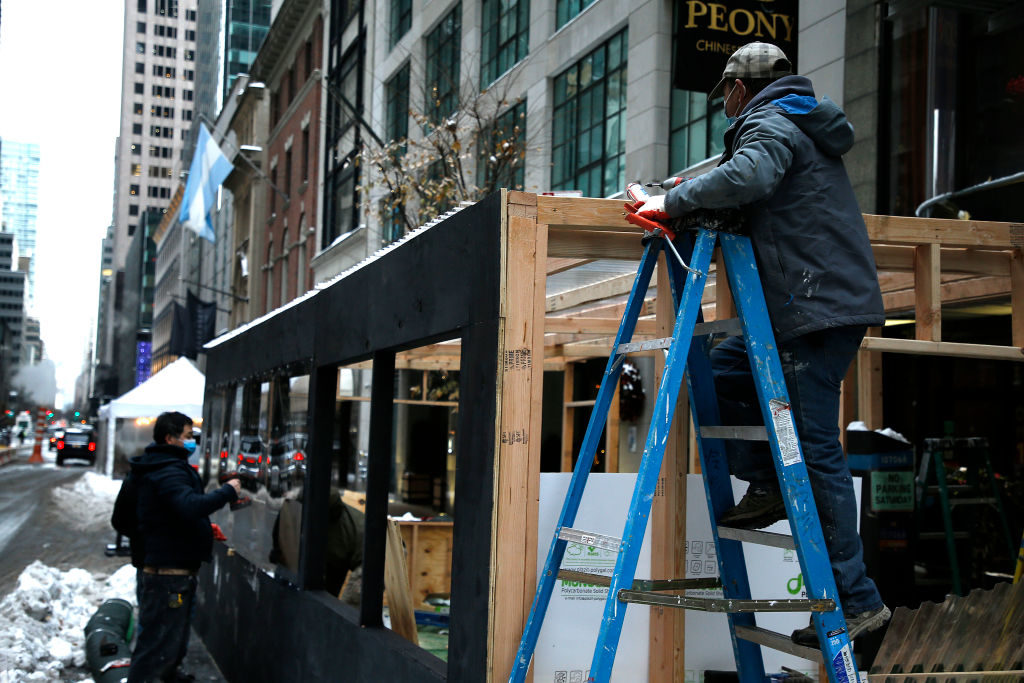
However, these changes were to be made in the context of a larger reorientation toward mass transit that would likely benefit some disabled individuals.
“There are also many handicapped people who can’t drive because of their disabilities, and so having spaces that are oriented to cars, instead of, say, mass transportation is also a deep harm to those individuals,” Einstein said.
Polly Trottenberg, the commissioner of the Department of Transportation, told members of the New York City City Council of new regulations that would ensure outdoor dining accessibility to people with disabilities. Such action suggests that cities are aware of the positive and negative impacts of a changing city landscape and are trying to balance these forces.
A Surge in Automobiles
You cannot use increased road capacity to solve congestion.
Shoshanna Saxe, University of Toronto
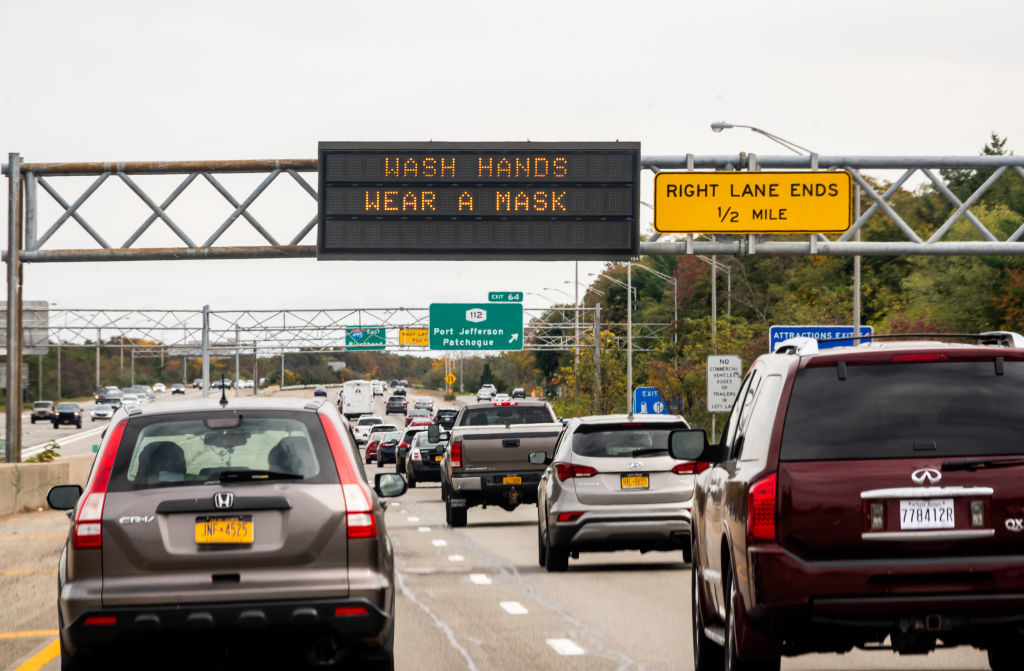
New York City streets and regional highways were deserted during the lockdowns of spring 2020. During April of last year, the Port Authority of New York and New Jersey reported just under 3.5 million eastbound vehicle crossings at their six bridges and tunnels connecting the two states. Throughout 2021, workspaces have reopened, and people are returning to the city, but primarily by car.
Now, a year later, April 2021 crossings are at 8.5 million, just under the level of traffic in January 2020. Instead of increasing capacity for cars, many cities are looking to cut back on available car space. Dr. Shoshanna Saxe, an assistant professor in the University of Toronto’s Department of Civil and Mineral Engineering, said, “You cannot use increased road capacity to solve [congestion]. It might make things better in the very short term, but it’s a classic economics argument about elasticity of demand.”
Sharing the Streets
With outdoor dining and new bike lanes remaining in place as cars return, some hope returning commuters will look to other methods of travel.
“If you take away parking space, if you take away driving space, people tend to drive less. They often make the switch to other modes if the other mode has been available,” said Saxe.
But as cities reopen, riders have been slow to return to mass transit, raising concerns that too many people will be trying to drive in cities with reduced capacity for cars. The Metropolitan Transit Authority (MTA), which tracks ridership by day, shows that ridership for the MTA subway and buses is still averaging a 45 to 57 percent decrease compared to June 2019. Metro-North Railroad and Long Island Railroad have an even more drastic reduction in ridership, averaging around a 60 percent decrease compared to 2019.
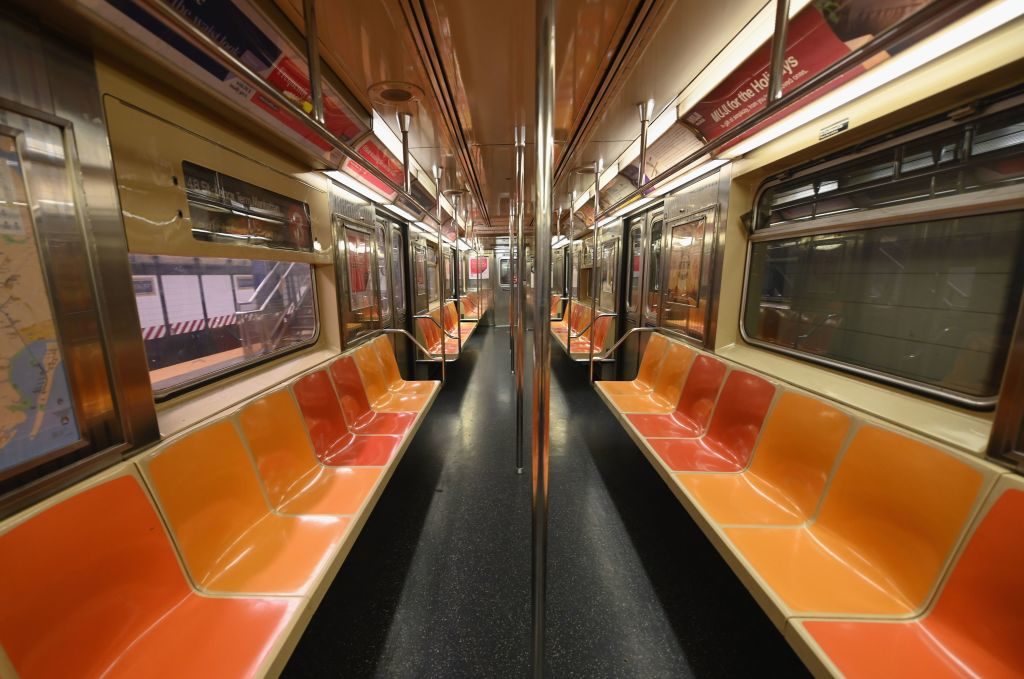
Brianne Eby, a senior policy analyst with the Eno Center for Transportation, predicts that it will be a while before commuters return to mass transit. “Across the country transit ridership was on the rise prior to the pandemic, and then [the pandemic] went ahead and completely changed all of that,” noted Eby.
While people are still hesitant to make the switch back from their own vehicles as case counts have receded, some mass transit agencies are offering small incentives to get ridership back. WMATA in Washington, D.C., eliminated transfer fees between the subway and buses.
There are a lot more vehicles on the road in general, while trains stay empty. “With a lot of people having switched to vehicle ownership and still having this lingering fear of being in proximity to other people, I think those are both really strong challenges for transit,” Eby said.
If a reduction in parking and road lanes is here to stay, that could help force people back to mass transit. A mass transit system could possibly absorb some travelers who no longer want to drive, but the local government will need a solid plan to entice riders to return post-Covid.
Open Streets, Open Spaces
New York City’s pandemic led to the repurposing of public spaces, but the results are mixed on whether these additions can rectify longstanding issues with the city’s typically unequal access to green spaces.
The Menino Survey found that access to green space is typically equal across different communities, but the disparities lie in the quality of the spaces, Einstein explained. Communities of color typically have access to lower-quality green spaces that include poorly maintained playground spaces or overgrown pads of grass.
Neighborhoods including Borough Park and Bensonhurst in Brooklyn as well as Jackson Heights in Queens average only two square feet of park space per resident, according to a report from New York City’s Budget Office. Chinatown and Stuyvesant Town in Manhattan and areas around Parkchester in the Bronx average limited park space per capita as well.
The city attempted to rectify some of these inequality issues with its “Open Streets” program that began in June 2020, a commitment by Mayor de Blasio to open 100 streets to those without traditional outdoor hangout spaces.
“One of the biggest challenges that local government officials are going to face is in defining what it means to have a quality park,” Einstein said. “I think going forward, as we think about expanding amenities in some of those parks, really thinking about the conflict between different constituents in these spaces and figuring out where is the best space to invest these resources will be a big challenge for local government officials.”
Barriers to Entry
Last March, the restaurant industry was almost brought to a total shutdown as indoor eating spaces were closed. Governor Andrew Cuomo limited restaurants to takeout or delivery only. As the pandemic stretched on for months, restaurants saw their only solution to survival was outdoor dining, and the city changed regulations to allow it.
For many restaurants, the price of building comfortable and appealing outdoor dining was expensive, which led some cities to help out small businesses.
As outdoor dining remained the norm into the fall, the D.C. government created a program that offered $6,000 loans to restaurants to offset the costs of setting up and winterizing outdoor dining. Alan Grublauskas, a general manager from Washington, D.C., who reopened José Andrés’ restaurant Oyamel Cocina after the pandemic shutdown, as well as China Chilcano in April, said these funds were a helpful first step for smaller restaurants. “You can build at least a small patio to get off the ground and then be able to generate more revenue if they’d be able to extrapolate that to stay open over X amount of months,” he said.
The application process for outdoor dining involved parking restrictions and safety barriers that needed to be acquired by the restaurants. Approval for Grublauskas’ businesses was successful after four submissions were made, but a denial for a restaurant could be enough to make them go out of business.
“A Different Kind of Urban Space”
The structural changes to New York City’s public spaces helped keep local businesses afloat even if the measures were unfamiliar—such “streeteries,” green spaces, and an emphasis on bike lanes and widened pedestrian sidewalks were only commonplace in European cities. New York City is still working out specifics, but the clock is ticking on streamlining these processes as local, tourist, and commuter traffic returns to pre-pandemic levels.
Tsafos considers the changes that Covid-19 brought to cities to be a glimpse at a possible new direction for city governments.
“I think the pandemic has given us an appreciation of public space, and an understanding of it and how it’s used and how it could be used, what is good, what is bad,” Tsafos said. “Whether that translates into a demand from our elected officials for a different kind of urban space, I think it’s too soon to tell.”
